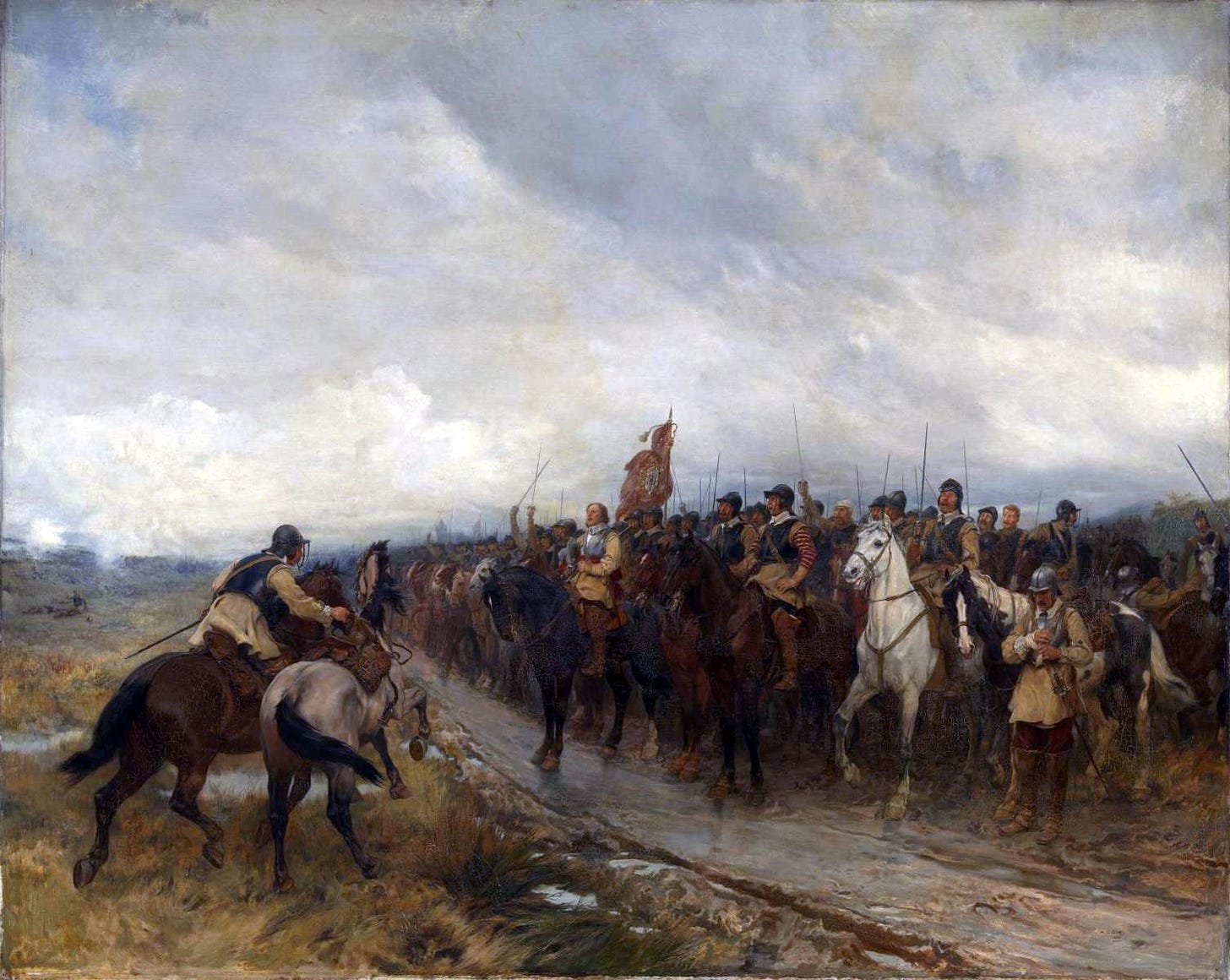World roundup: September 3 2025
Stories from Thailand, Ethiopia, Ukraine, and elsewhere
TODAY IN HISTORY
September 3, 301: According to tradition, this is the date upon which a stonemason-turned-deacon named Marinus founds a new monastery on Monte Titano, some distance outside the Italian city of Rimini. He may have fled Rimini after a woman there accused him of being her estranged husband. The monastery grew quickly, possibly fueled by Christians looking for sanctuary amid the Diocletianic persecutions (though historians continue to debate the actual extent of those persecutions), and, taking the name of its founder, became the historical basis for the tiny nation of San Marino (“St. Marinus”). San Marino commemorates September 3 as “Republic Day.”
September 3, 863: A Byzantine army manages to defeat an Arab raiding party at the Battle of Lalakaon, in the process killing the emir of Melitene, Umar al-Aqta. They may also have killed the leader of the Paulician movement, Karbeas, though he may have died later in 863. The Byzantines then raided into the Caucasus, where at some point they killed the emir of Tarsus, Ali ibn Yahya. In basically one fell swoop the empire had eliminated arguably its three biggest threats in the east. Constantinople was able to shift its focus west and ensure that it, not Rome, would manage the Christianization of the Bulgarians. That in turn pacified the Byzantines’ western border for the time being, which allowed them to shift focus again to the east and make significant gains at Arab expense in the decades to come.
September 3, 1260: A Mamluk army stops the seemingly unstoppable Mongols at the Battle of Ayn Jalut at what is known today as Ma’ayan Harod in Israel. The Mongol commander, Hulagu, had returned east with a sizable portion of his army in order to defend his interests following the death of the great khan, Möngke, in August 1259, leaving behind an undermanned remnant. The Mongols also faced an army of slave soldiers recruited from Central Asia, who fought like the Mongols and seem to have used many of the Mongols’ favorite tactics against them. The battle is a genuine turning point in world history, as a Mongol victory probably would have seen them continue into Egypt and thus there is an argument to be made that the Mamluk victory preserved Islam’s status as a major world religion.
September 3, 1650: The English New Model Army invades Scotland and wins a decisive victory over Scottish/Royalist forces at the Battle of Dunbar. English commander Oliver Cromwell moved quickly to capture Edinburgh and the key Scottish port of Leith. The invasion, prompted when the Scottish Parliament voted to recognize Charles II as the successor to Charles I after the English “Rump” Parliament had the latter executed in 1649, ended coincidentally exactly one year later, on September 3 1651, when Cromwell’s army again crushed a Royalist army at the Battle of Worcester.
September 3, 1783: Representatives of Great Britain and the United States of America sign the Treaty of Paris, ending the American Revolution and establishing the United States as a newly independent nation. US negotiators went around the French government, which saw itself as the leader of an anti-British alliance, to negotiate a bilateral treaty with London. As a result they reached an agreement that, among other things, gave the new nation control of all North American territory east of the Mississippi River. The French delegation, by contrast, had favored a settlement that confined the US to the territory east of the Appalachian Mountains.
September 3, 1939: France and the United Kingdom, along with Australia, Canada, New Zealand, and South Africa, declare war on Germany in response to the German invasion of Poland, officially kicking off the Second World War.
MIDDLE EAST
SYRIA
The International Atomic Energy Agency issued a statement on Tuesday saying that its inspectors found traces of uranium last year at “three locations that were allegedly functionally related” to a site suspected of having been part of a secret nuclear program under former Syrian President Bashar al-Assad. The particles, according to the agency, are “anthropogenic” and show characteristics that are “consistent with the conversion of uranium ore concentrate to uranium oxide,” which suggests that they’re the product of some sort of nuclear reactor work. The Israeli military (IDF) destroyed that site in a 2007 airstrike, but the IAEA is still trying to determine what was happening there and how far the alleged Syrian nuclear program advanced. It has appealed to the current Syrian government—which has expressed interest in developing a civilian nuclear program—to cooperate with its investigation.
Keep reading with a 7-day free trial
Subscribe to Foreign Exchanges to keep reading this post and get 7 days of free access to the full post archives.


